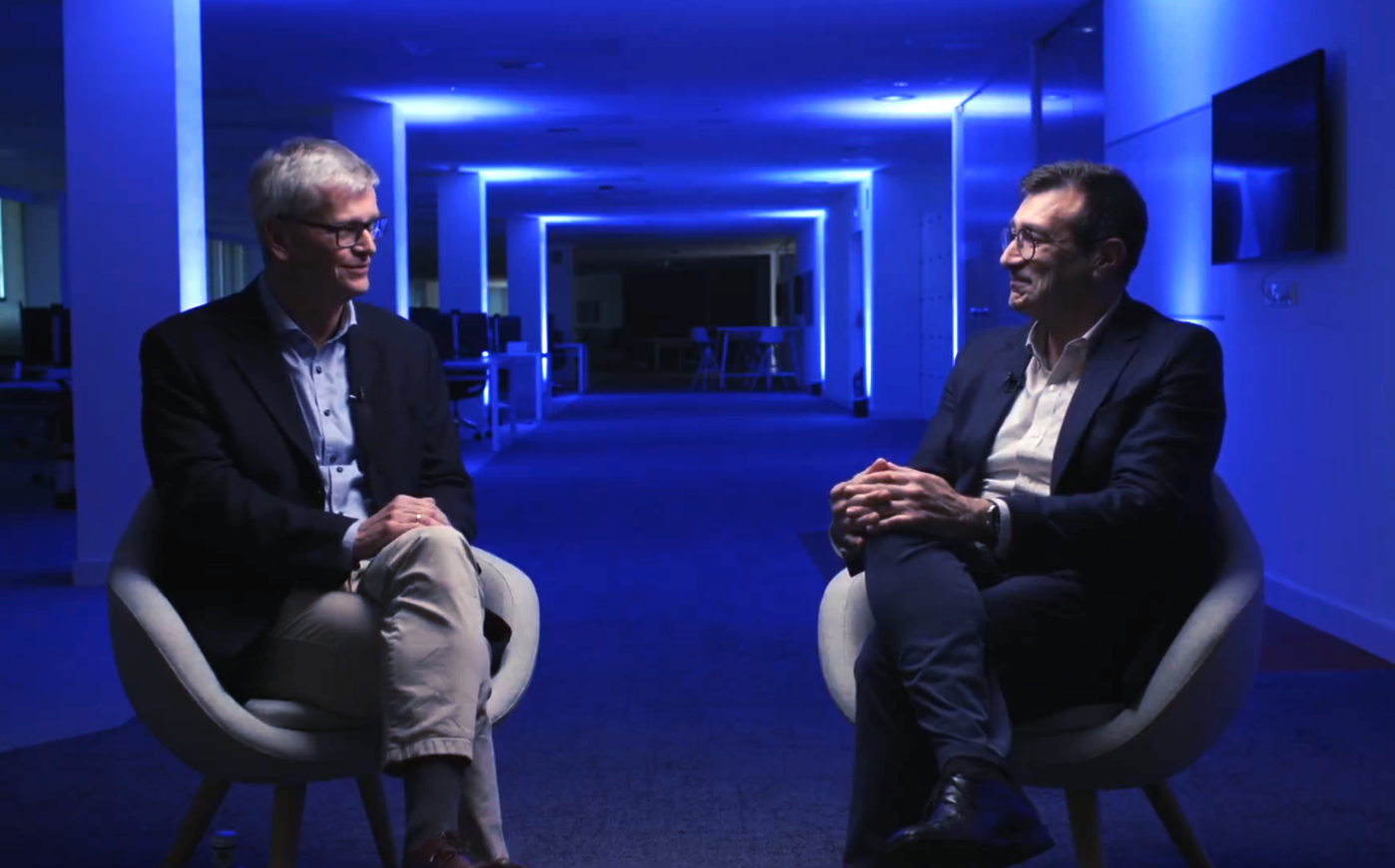In the latest edition of Digital Talks, we explored a key topic in the transformation of the financial sector: the role of cloud and new architectures. More than just a technological trend, we view it as a strategic tool that serves clear business objectives.
At Sabadell Digital, we see cloud not as a final destination, but as a means of enabling new capabilities. It becomes particularly relevant in contexts where demands for computing power and scalability, such as in artificial intelligence, make any other alternative unfeasible.
Cloud as an Enabler
The traditional view of cloud as merely a cost-saving solution is now outdated. Today, we regard it as an enabler that allows infrastructure to be abstracted to a level where resources such as computing, storage and networking can be provisioned entirely through code. This ability helps accelerate service delivery, increase flexibility and improve operational efficiency.
As was highlighted in the discussion, “cloud is an enabler that raises the level of infrastructure abstraction to the point where computing, storage and networking can be provisioned programmatically. That, for me, is the key.”
At Sabadell Digital, we have adopted an architecture based on containers and microservices. Everything we develop follows cloud-native principles, and we do so from a cloud-neutral standpoint. We use open technologies such as OpenShift, which allow us to deploy our solutions across both public clouds and our private cloud, ensuring complete portability.
Technological Coexistence as a Reality
One of the most significant challenges we face is managing the coexistence of multiple generations of technology. The reality for any large organisation is that it cannot replace all its systems every time a new technology emerges. Existing platforms, although older, remain highly functional, robust and scalable, processing millions of transactions every hour.
As we pointed out during the session, “no bank can afford, nor has the time, to rewrite millions of lines of code every time a new technology comes along.” Instead of pursuing full replacement, we follow a strategy of progressive modernisation. We evolve our architectures without losing sight of what already works and continues to create value for the business and our customers.
Transition at the Heart of Change
Beyond the specific architecture adopted, what truly makes the difference is how the transition is managed. This in-between phase tends to last the longest and has the greatest impact on day-to-day operations. We have learned that there is no single ‘correct’ way to evolve, and that flexibility is key: the ability to integrate the new without breaking what is already in place.
As was noted in the discussion, “the beauty lies in coexistence. It is not so much about whether one architecture is better than another, but about how we manage the change.” It is this technological coexistence that enables sustainable progress without discarding what already adds value.
A Strategic Vision for the Future
At Sabadell Digital, we continue to move forward with a clear strategy: to adopt technology with purpose. We prioritise solutions that deliver tangible value and align with our business goals. That is why we work with cloud-native and cloud-agnostic design principles, and adopt multicloud models that avoid dependency on any single provider.
We firmly believe the future will not be entirely cloud-based or fully distributed. It will be hybrid, adaptable and strategic. And we are ready to lead in that space, with robust, flexible architectures designed to stand the test of time.
In future editions of Digital Talks, we will continue to share insights and reflections on how technology continues to shape the future of business and our relationship with customers.


